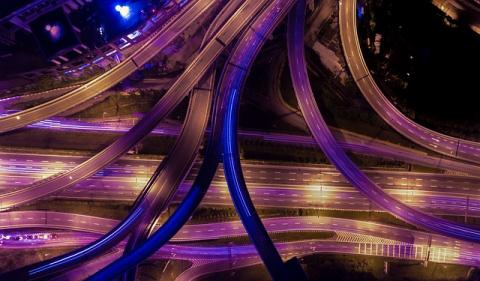
Region: Sub-Saharan Africa (SSA)
Country: Senegal
Sector: Transportation
Keywords: Knowledge Lab ***, Transport, Road
Document Link(s):
Document(s):
Document Summary:
This report analyze the development of transport PPP in Senegal in 2003-2013.
Document Details:
By the early 2000s, traffic in Senegal’s capital city of Dakar had become unbearable. A skyrocketing number of vehicles strained the city’s infrastructure, and traffic jams choked not only the major road into and out of town but also the region’s economic growth. A new highway that would ease road congestion had been planned decades earlier but had been shelved because of the cost, complexity, and difficulty of financing. Abdoulaye Wade, elected president in 2000, sought a new solution: a public–private partnership. The plan called for a private company to contribute a portion of the cost of the highway’s construction and then to maintain the highway—in exchange for toll revenues—with the rest of the up-front costs borne by the government. Executing the first such partnership of its kind in the region would not be easy. In addition to identifying and resolving complex technical and financial aspects of the partnership, government planners had to find ways to mitigate extensive social and environmental impacts of the project—including the displacement of 30,000 people from their homes and businesses. Senegal’s newly created Agency for Investment Promotion and Major Works led the process of selecting the partner company, overseeing construction, and coordinating implementation with institutions ranging from Senegalese ministries to international development banks and community associations. Once it opened in August 2013, the Dakar–Diamniadio toll highway saw greater use than expected and alleviated congestion in the capital. But delays in the resettlement of people displaced by the project meant that some problems persisted into 2016.
Updated: April 12, 2022